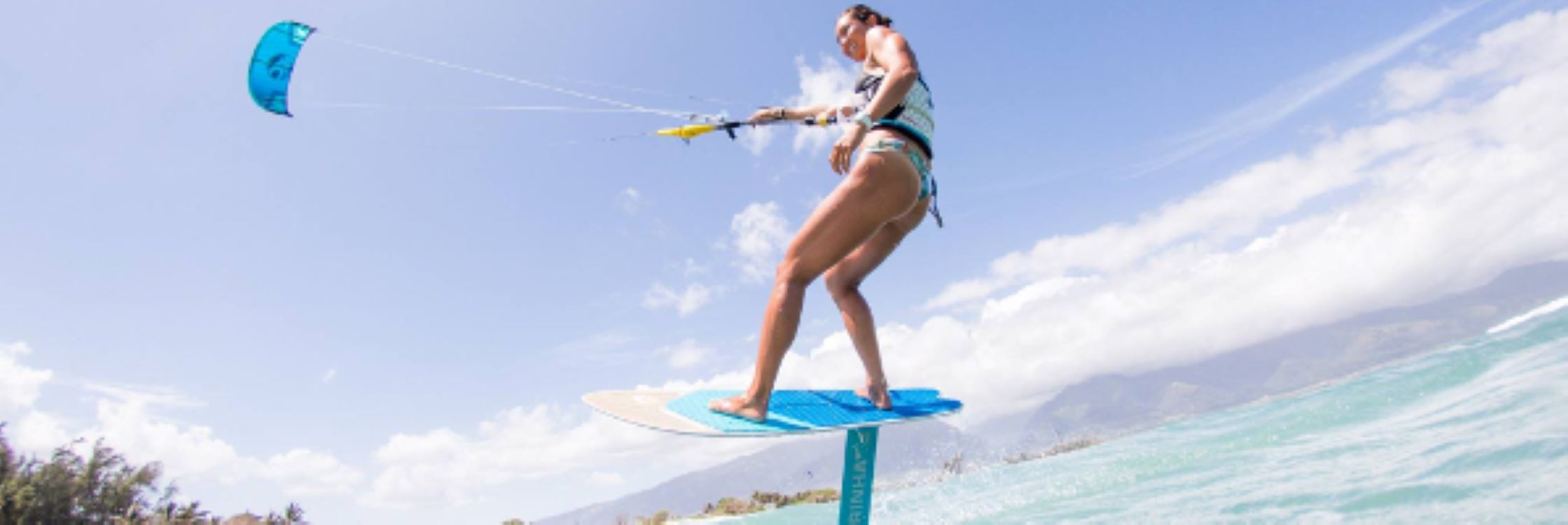Always keep your safety distance

Did you know that to be safe every rider must keep a distance of at least 3 kite lines from any obstacle? That is necessary when we enjoy riding fast and when making a high jump. It takes some time to stop completely, and we need enough room: the equivalent of 3 times the length of our lines. It is highly recommended to calculate a greater distance when we face bigger hazards such as power lines, a road or any other important obstructions. Know how to prevent those unnecessary risks from happening to enjoy your kite session fully!
How to set the angle of the foot pads right for your stance


There is not really a best way to set the angle of the foot pads of your board, but is still important for your comfort. It is more of a personal choice as everyone has a different body. You will normally set the angles of the straps to get the right stance to suit your personal riding style. Newbies should try to ride for a short while with foot straps adjusted to an angle from 10 to 15 degrees, see how it feels, then change the angles again to be able to feel the difference. It should be comfortable without any pain in the knees or ankles.Try different angles to know what is convenient for you!
Differences between a life vest, an impact vest, a buoyancy aid and a flotation jacket


Wearing something that makes us float in case of a problem is important when riding. However, not all floating aids have enough buoyancy or enable enough movements. Regular life jackets usually used on boats are too thick and too stiff for students to move comfortably. Buoyancy aids and flotation jackets with a minimum of 50N buoyancy are what must be used for beginner lessons. The impact vests used by advanced riders provide an excellent chest protection but not enough buoyancy for a beginner. Therefore, they are not permitted during the lessons and until the students are fully independent.
What is a hydrofoil


Hydrofoils work the same way as kites do in the air , but underwater. The speed of the water flows over the wings creates lower pressure on the upper part that sucks the wing up. That makes the board go completely out of the water. As soon as the board does not touch the water anymore, the drag or resistance is much lower, and the hydro power increases. That makes it easier to go faster and more upwind than a regular board.
